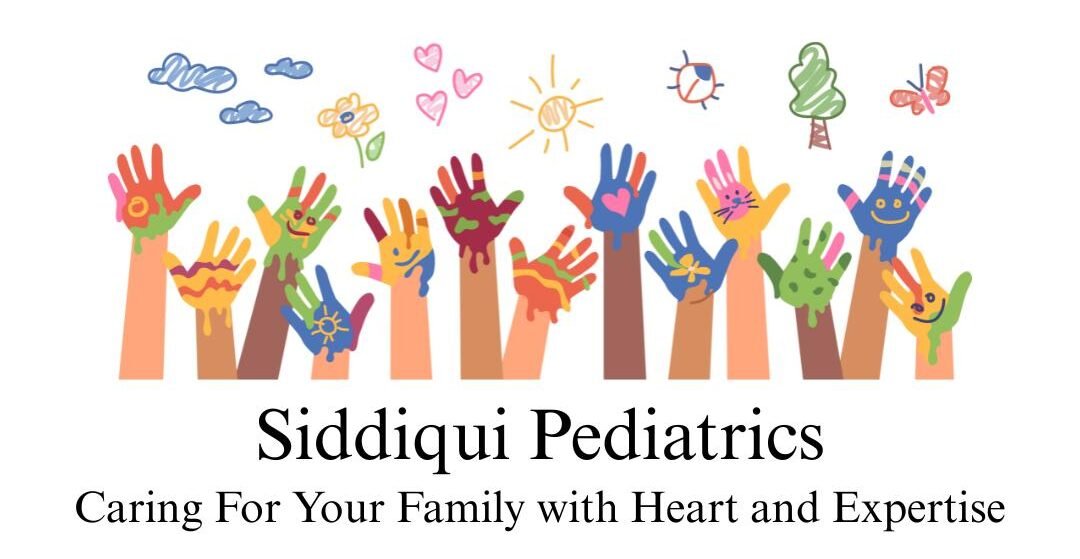Attention-Deficit/Hyperactivity Disorder (ADHD) affects millions of children worldwide, presenting challenges in focus, impulsivity, and behavior. While parents often notice early warning signs, pediatricians play a crucial role in diagnosing and managing ADHD effectively. Their comprehensive expertise spans clinical evaluation, behavioral strategies, and ongoing care, ensuring each child thrives academically, socially, and emotionally.
In this in-depth, SEO-optimized guide, we’ll explore:
- The pediatrician-led diagnostic process for ADHD
- Evidence-based management strategies beyond medication
- Collaboration between families, schools, and healthcare providers
- How pediatricians address comorbid conditions
- Preventive and long-term support planning
1. Recognizing ADHD: When to Consult a Pediatrician
1.1 Early Warning Signs
ADHD manifests primarily in two domains: inattention and hyperactivity/impulsivity. Common indicators include:
- Difficulty sustaining attention in tasks or play
- Frequent careless mistakes in schoolwork
- Seeming not to listen when spoken to directly
- Excessive fidgeting or restlessness
- Impulsive actions without consideration of consequences
1.2 Differentiating Typical Behavior from ADHD
All children exhibit distractibility or high energy at times. Pediatricians distinguish ADHD by evaluating:
- Consistency: Symptoms persist across settings (home, school, activities).
- Duration: Behaviors present for at least six months.
- Impairment: Significant interference with social, academic, or family functioning.
When these criteria are met, it’s time to schedule an ADHD evaluation with a pediatrician.
2. The Diagnostic Journey: Pediatrician-Led Evaluation

2.1 Comprehensive Medical History
Pediatricians begin by gathering a detailed developmental and medical history, including:
- Prenatal and birth information
- Early developmental milestones
- Behavioral patterns observed by parents and teachers
- Previous medical or mental health diagnoses
Understanding each child’s unique background guides accurate diagnosis.
2.2 Standardized Rating Scales
Validated ADHD questionnaires help quantify symptom severity:
- Vanderbilt Assessment Scales for parents and teachers
- Conners’ Rating Scales for comprehensive behavioral profiling
2.3 Physical and Neurological Examination
A pediatric exam rules out medical conditions that mimic ADHD (e.g., thyroid disorders, vision or hearing impairment). This parallels the thorough assessments used for respiratory and ENT concerns, as outlined in our guides on colds and coughs and ear infections.
2.4 Observation and School Collaboration
Pediatricians often request teacher input and may conduct classroom observations. This multidisciplinary approach ensures a holistic view of the child’s behavior.
2.5 Differential Diagnosis and Comorbidities
ADHD frequently coexists with:
- Learning disabilities
- Anxiety or mood disorders
- Sleep disturbances
- Autism spectrum disorder traits
Pediatricians screen for comorbidities to tailor management plans accordingly.
3. Crafting a Personalized Management Plan
3.1 Behavioral Interventions and Training
Pediatricians emphasize evidence-based behavioral strategies before or alongside medication, such as:
- Positive reinforcement: Reward systems for desired behaviors
- Structured routines: Consistent schedules to enhance predictability
- Parent training programs: Techniques to manage impulsivity and inattention at home
3.2 School-Based Support
Collaborating with educators, pediatricians help implement:
- Individualized Education Programs (IEPs) or 504 Plans
- Classroom accommodations: preferential seating, extended time, and task breakdown
- Ongoing teacher feedback and plan adjustments
3.3 Nutritional and Lifestyle Recommendations
Healthy habits complement clinical interventions:
- Balanced diet: Including omega-3 fatty acids to support brain health
- Regular physical activity: To reduce hyperactivity and improve focus
- Sleep hygiene: Consistent bedtime routines to address insomnia often seen in ADHD
3.4 Medication Management When Appropriate
When behavioral strategies are insufficient, pediatricians may introduce medication:
- Stimulants (e.g., methylphenidate, amphetamines): First-line for many patients
- Non-stimulants (e.g., atomoxetine, guanfacine): For children with contraindications or side effect concerns
Pediatricians titrate dosages carefully, monitor side effects, and adjust regimens to maximize benefits and minimize risks.
4. Monitoring Progress and Ongoing Care
4.1 Regular Follow-Up Visits
Scheduled check-ins allow pediatricians to assess:
- Symptom trajectory and functional improvements
- Medication efficacy and side effects
- Changes in family or school dynamics
4.2 Coordinated Care Teams
Complex cases may involve referrals to:
- Child psychologists or psychiatrists for therapy
- Occupational therapists for sensory integration
- Speech-language pathologists when communication challenges arise
4.3 Adapting Strategies Over Time
As children grow, pediatricians adjust management plans for:
- Transition to middle and high school demands
- Adolescent hormonal and social changes
- Preparing for adulthood and self-advocacy skills
5. Addressing Related Health Concerns
5.1 Sleep Disorders in ADHD
Children with ADHD often experience sleep issues. Pediatricians evaluate:
- Sleep apnea: Particularly when ENT concerns overlap; see our ear infection guide for related insights
- Restless leg syndrome or insomnia
Appropriate sleep interventions significantly improve daytime focus.
5.2 Management of Co-Occurring Anxiety
Anxiety symptoms can exacerbate ADHD. Pediatricians distinguish between primary ADHD behaviors and anxiety-driven inattention, ensuring correct treatment pathways.
5.3 Prevention of Secondary Issues
Untreated ADHD can lead to:
- Low self-esteem and academic struggles
- Higher risk of injury and accidents
- Social relationship challenges
Early, pediatrician-led management mitigates these risks.
6. Empowering Families Through Education
6.1 Resource Sharing and Referrals
Pediatricians recommend credible resources, support groups, and educational workshops for parents and caregivers.
6.2 Training Siblings and Extended Family
Educating siblings and relatives fosters a supportive home environment, addressing behavioral dynamics and reducing misunderstandings.
6.3 Preparing for Adolescence and Beyond
Long-term guidance includes:
- Strategies for time management and organizational skills
- Transition planning for college and vocational settings
7. Preventive and Community Strategies

7.1 Early Screening Protocols
Pediatricians advocate developmental screenings at well-child visits to detect ADHD risk factors sooner.
7.2 Community Awareness Programs
Outreach in schools and community centers raises awareness, reducing stigma and encouraging timely pediatric consultations.
7.3 Policy and Advocacy
Pediatric experts collaborate on public health policies to ensure equitable ADHD care access for all families.
ADHD diagnosis and management are multifaceted processes best led by experienced pediatricians. Through meticulous evaluation, personalized interventions, and continuous support, pediatric clinics empower children to reach their full potential. From behavioral training and school collaboration to thoughtful medication use, pediatricians guide families every step of the way.
